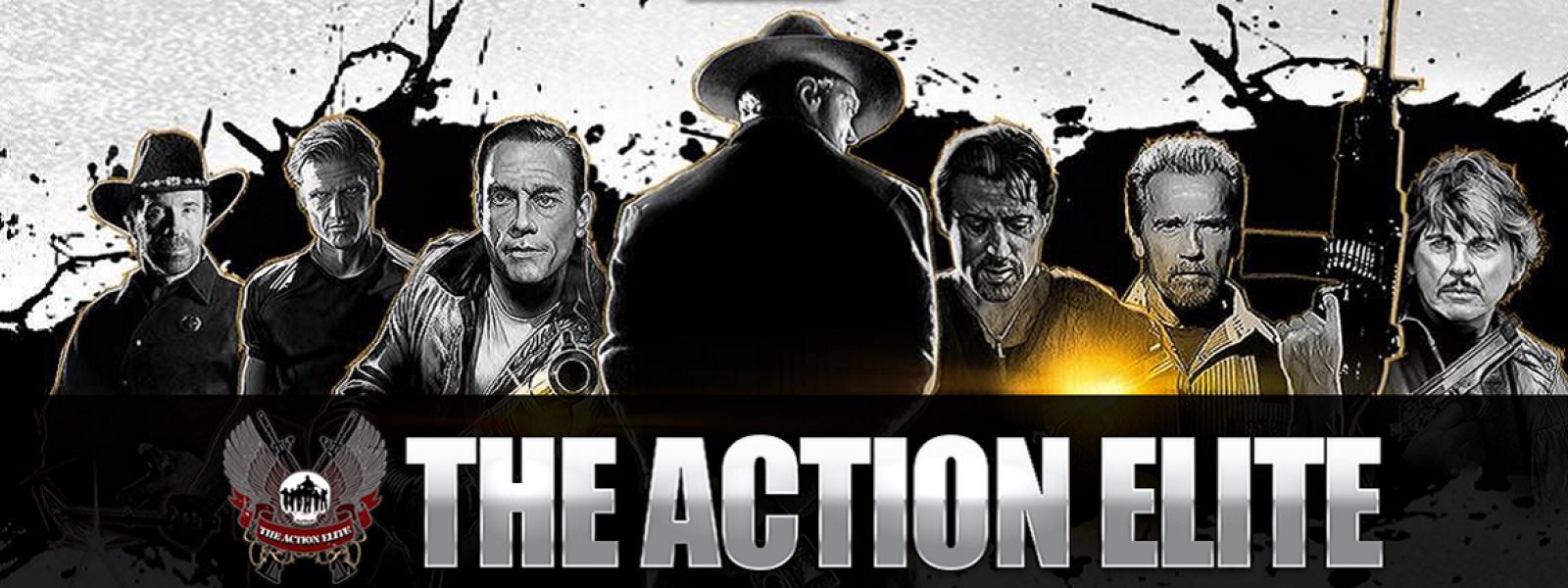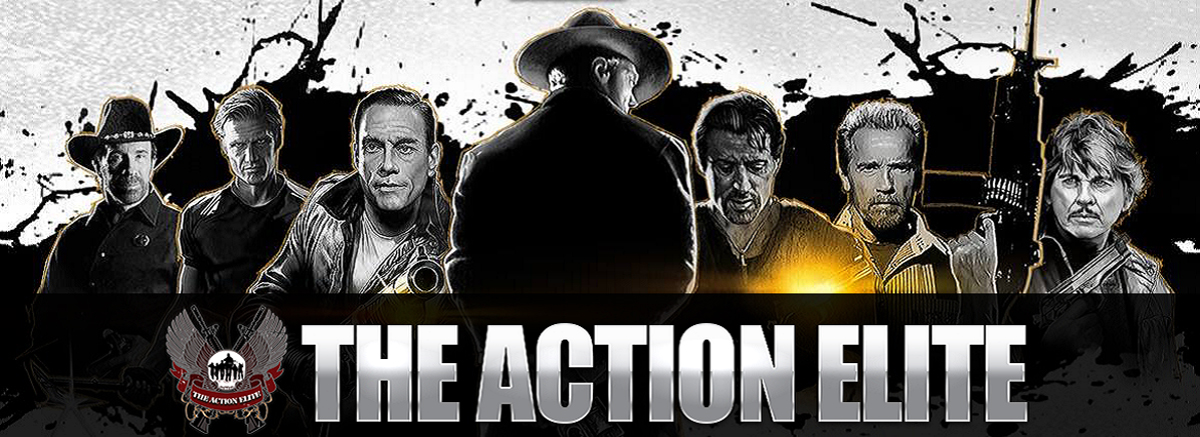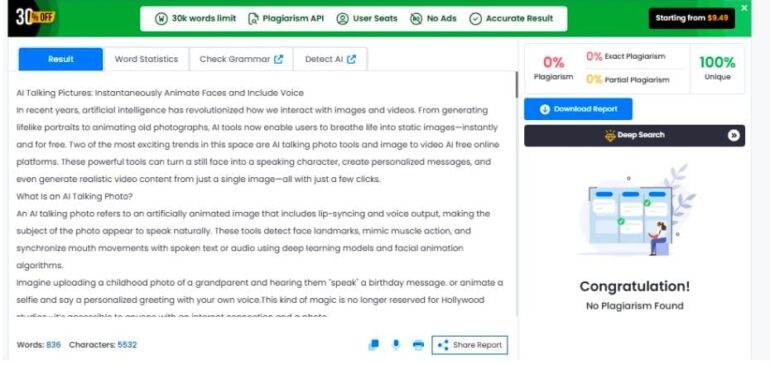In recent years, artificial intelligence has revolutionized how we interact with images and videos. From generating lifelike portraits to animating old photographs, AI tools now enable users to breathe life into static images—instantly and for free. Two of the most exciting trends in this space are AI talking photo tools and image to video AI free online platforms. These powerful tools can turn a still face into a speaking character, create personalized messages, and even generate realistic video content from just a single image—all with just a few clicks.
What Is an AI Talking Photo?
An AI talking photo refers to an artificially animated image that includes lip-syncing and voice output, making the subject of the photo appear to speak naturally. These tools detect face landmarks, mimic muscle action, and synchronize mouth movements with spoken text or audio using deep learning models and facial animation algorithms.
Imagine uploading a childhood photo of a grandparent and hearing them “speak” a birthday message. or animate a selfie and say a personalized greeting with your own voice.This kind of magic is no longer reserved for Hollywood studios—it’s accessible to anyone with an internet connection and a photo.
How Does It Work?
AI talking photo tools combine several technologies:
- Facial Recognition & Landmark Detection: The AI identifies key facial points (eyes, mouth, jawline, etc.) to create a digital map of the face.
- Voice Synthesis or Upload: Users can either upload an audio file or type a script that the AI converts into a synthetic voice.
- Lip Syncing Algorithms: These ensure the mouth movement matches the speech, creating a realistic talking effect.
- Animation Rendering: The final output is rendered as a short video or animated GIF that can be shared online.
Popular tools like D-ID, MyHeritage Deep Nostalgia, and TokkingHeads allow users to experiment with talking photos in just a few steps.
The rise of AI to convert images into video on free online platforms
Alongside talking photos, image to video AI free online tools have become widely popular. These platforms like Vidwud allow users to convert a series of images—or even a single image—into dynamic video content. Perfect for content creators, marketers, educators, or social media enthusiasts, these tools save time and reduce the need for traditional video editing.
Some common features include:
- Slideshow creation from images
- Facial animation and movement simulation
- Voiceovers and subtitles
- Background music and transitions
These platforms often include drag-and-drop interfaces and require no technical skills, making video creation accessible to everyone.
Popular Free AI Tools to Try
Here are a few free AI-powered platforms that support image-to-video and talking photo functionalities:
1. D-ID
- Features: Talking photo generation, real-time voice sync, script input
- Use: Upload an image and type a message to make the person speak
- Cost: Limited-credit free version; premium version available
2. Kapwing
- Features: Image-to-video conversion, AI subtitles, voiceover support
- Use: Create short videos from static images with added audio and effects
- Price: Free with watermark; premium features available
3. Pictory
- Features: AI-generated videos from pictures and text
- Use: Turn blog posts or static images into engaging video narratives
- Price: Free trial available
4. DeepBrain AI
- Features: Realistic AI avatars and talking head videos
- Usage: Write a script for a digital presenter and upload a photo of your face.
- Price: Limited free access
Creative Use Cases
These technologies open up countless creative and practical possibilities:
1. Educational Content
Teachers can use talking photos of historical figures to explain key events. Imagine the Gettysburg Address being narrated by Abraham Lincoln himself.
2. Social Media
Influencers and brands use image-to-video tools to create engaging reels and animated promos without the need for a camera crew.
3. Personalized Messages
AI talking photo tools are being used by people to send amusing and surprising birthday wishes, holiday greetings, and even marriage proposals.
4. Storytelling & Memories
Families bring old photographs to life, allowing loved ones to “speak” again through animated voices and subtle facial movements.
Privacy and Ethical Considerations
While the technology is thrilling, it’s important to use it responsibly. Deepfakes and manipulated media can be misused if not clearly labeled or consented to. Always ensure you have the rights to the images you animate and use these tools in an ethical and respectful manner.
Tips for Safe Use:
- Make use of your own or publicly available images.
- Avoid misleading content or impersonation
- Disclose that a video was AI-generated, especially in public or professional settings
Conclusion
The combination of AI talking photo technology and image to video AI free online tools has democratized video creation. What once required advanced software and editing skills can now be done in minutes—often at no cost. Whether you’re creating educational material, personalized messages, or just experimenting for fun, these tools open up new possibilities for storytelling, communication, and creativity.
We may anticipate even greater realism, interaction, and accessibility as AI develops further. For now, all you need is a photo and a few minutes to turn a static image into a talking, moving, storytelling masterpiece.






